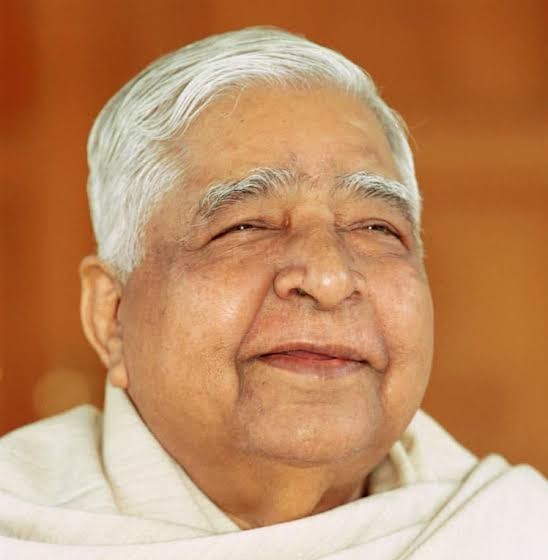Free Courses Sale ends Soon, Get It Now


Free Courses Sale ends Soon, Get It Now



Disclaimer: Copyright infringement not intended.
Context
The Prime Minister, Shri Narendra Modi addressed the concluding ceremony of the year-long celebrations of S N Goenka’s 100th birth anniversary.
Details
Early Life and Background
Biography
Awards
Teachings
Legacy
Conclusion
Satya Narayana Goenka's life and teachings have left an indelible mark on the global landscape of meditation, promoting the non-sectarian, universal, and scientific aspects of Vipassana. His legacy continues through the widespread practice of Vipassana and the establishments he founded.
MUST READ ARTICLES:
|
PRACTICE QUESTION Q. Discuss the significance of Vipassana meditation in addressing contemporary challenges and its potential contribution to individual well-being and societal harmony. (250 Words) |
© 2024 iasgyan. All right reserved